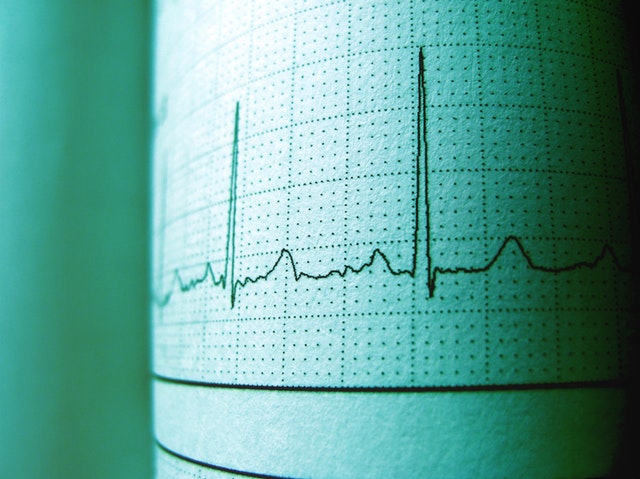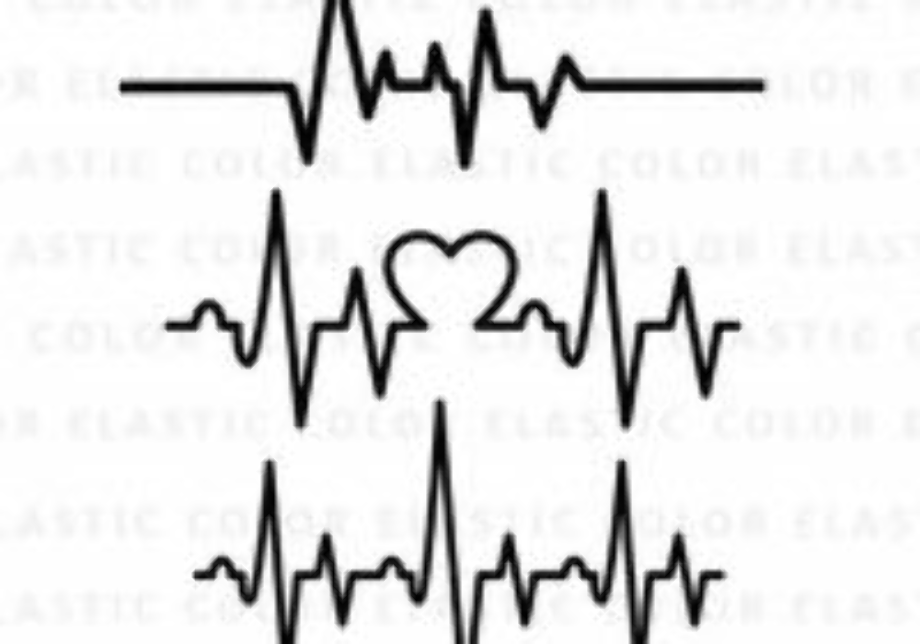

a high temperature (fever) of 38C (100.4F) or above.postural or orthostatic hypotension – dizziness and low blood pressure triggered by changing position (such as standing up).anaemia – a reduced number of red blood cells.low blood sugar (hypoglycaemia)– this is most commonly associated with diabetes.an overactive thyroid (hyperthyroidism) – where the thyroid gland produces too much of the thyroid hormones.The following conditions can also sometimes cause heart palpitations: Some of these conditions can be serious and often require treatment. congenital heart disease – birth defects that affect the normal workings of the heart.heart failure – where the heart is unable to pump blood around the body properly.cardiomyopathy– where the heart muscle and walls of the heart become enlarged and thickened.a problem with the heart valves, such as mitral valve prolapse.Some palpitations may be associated with other problems with the heart, such as: These conditions are known as arrhythmias. ventricular tachycardia – a more serious and typically fast, regular heart rhythm disturbance that can be associated with dizziness or blackouts.supraventricular tachycardia (SVT) – a heart rhythm problem that causes episodes of an abnormally fast but regular heart rate - it's common in young people.atrial flutter – a rhythm disturbance that can be fast and either regular or irregular.atrial fibrillation– a heart rhythm problem that can cause a fast, irregular heart rate.Palpitations are sometimes caused by a problem with the heart rhythm, such as: In these cases, the palpitations are usually temporary and not a cause for concern.



The signal that tells the atria to beat may be blocked by damaged or scar tissue. Atrial flutter can cause the upper chambers of your heart to beat 250 to 350 times per minute.When this happens, the lower chambers do not fill completely or pump enough blood to your lungs and body. Also, your heart’s upper and lower chambers do not work together as they should. This condition causes your heart to beat more than 400 beats per minute. More than 2.5 million people in the United States have atrial fibrillation. Atrial fibrillation is the most common type of arrhythmia.This type of arrhythmia starts in the atria or the gateway to the lower chambers.


 0 kommentar(er)
0 kommentar(er)
